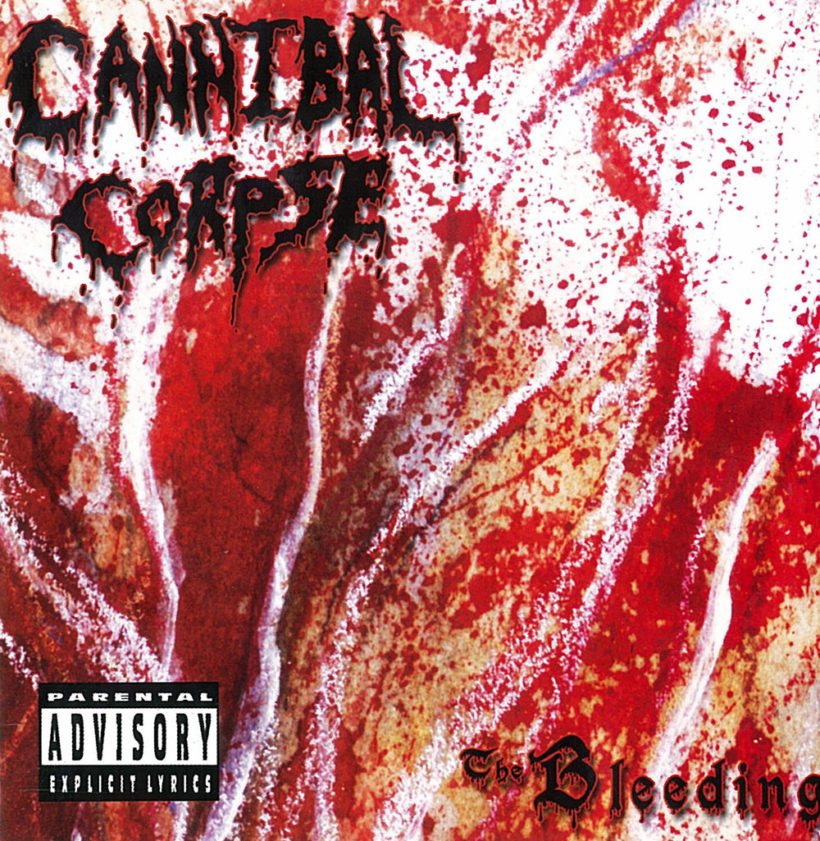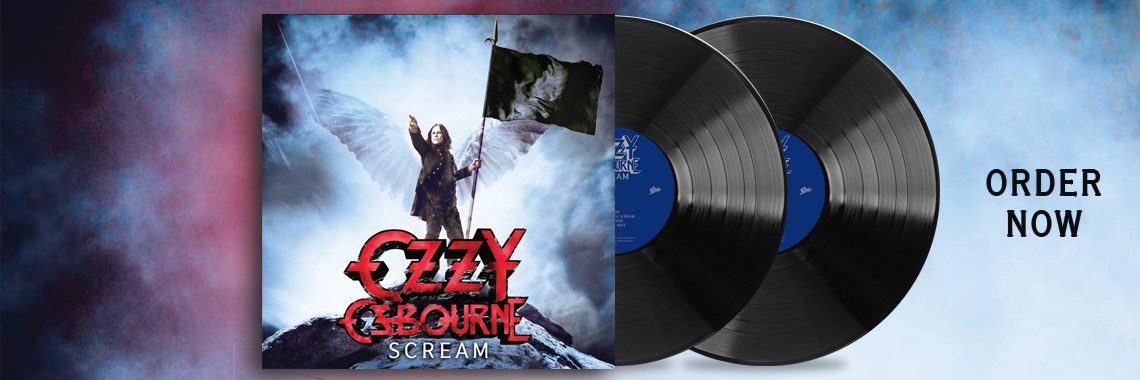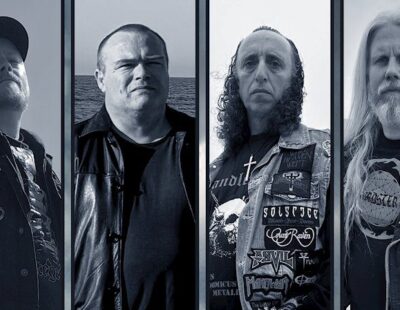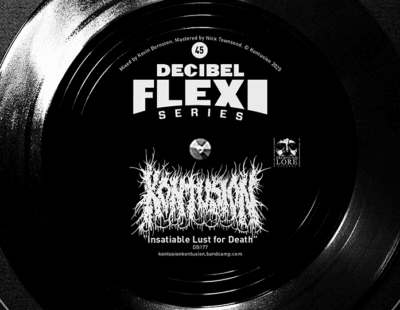
dB HoF No. 149
Label: Metal Blade
Release date: April 12, 1994
___________________________
By 1993, Cannibal Corpse was an interesting conundrum: When you have hammer-smashed every boundary of decency and good taste on your third album, where exactly do you go? In 2017, death metal bands are still trying to create something as outwardly offensive and antisocial as the Hall of Fame-certified Tomb of the Mutilated and falling short. The controversy was both a blessing and an albatross; a blessing in the sense that Cannibal Corpse became perhaps the best known of the emerging American death metal bands; an albatross in the sense that they wanted to be known for much more than explicit cover art and unseemly song titles.
Cannibal Corpse knew exactly where they wanted to go, and knew it before Tomb of the Mutilated. The problem was that they weren’t proficient enough as musicians and didn’t have the right lineup to take the next step. Their peers in Death and Morbid Angel were writing technical and musical marvels. Cannibal knew they could do the same. What was missing was a coherence and a consistency that is often lacking on their earliest albums, proof that their music could stand with and even surpass their notorious reputation.
On the album that would become The Bleeding, Cannibal Corpse set to change their destiny from shock to substance. The first step was replacing original guitarist Bob Rusay with old friend and jam partner Rob Barrett. Barrett immediately added formidable chops and experience. The second, under the watchful guidance of longtime Cannibal producer Scott Burns in November 1993, was writing death metal songs that you couldn’t forget, what they later dubbed “death metal with hooks.” In numerous late night sessions at Morrisound in Tampa, Burns told the band they lagged behind their peers in musicality and urged them to write better songs. Cannibal, which spent a month in the studio and a rental apartment trying to best themselves, answered the challenge with classics like “Staring Through the Eyes of the Dead” and “Stripped, Raped and Strangled.” Both songs have never left Cannibal’s setlist in the ensuing two-plus decades.
While Butchered at Birth and Tomb were cudgel strikes, The Bleeding is more a methodical surgeon’s cut. The songs are linear and the musicianship is exemplary. The production is brighter and more nuanced than Cannibal’s earlier records. And the lyrics, while still horrific, are more about the psyche and psychology of horror than a militaristic assault on the senses—with a few notable exceptions.
The Bleeding marked the close of Cannibal Corpse’s first era. Vocalist and lyricist Chris Barnes was fired during the Vile sessions in 1995 and replaced with current whirlwind George “Corpsegrinder” Fisher. In the ensuing years, Cannibal has grown even more musically adept and produced technical marvels like Bloodthirst and Kill. Nonetheless, The Bleeding contains Cannibal’s most popular songs and several band members said during their HOF interviews that it could be performed live in its entirety. We are happy to again induct Cannibal Corpse for the death metal masterpiece The Bleeding. You thought it was over. It’s not over… it’s in the Hall of Fame.
– Justin M. Norton
Got to get more Cannibal Corpse? To read the entire six-page story, featuring interviews with all members on The Bleeding, purchase the print issue from our store, or digitally via our app for iPhone/iPad or Android.






